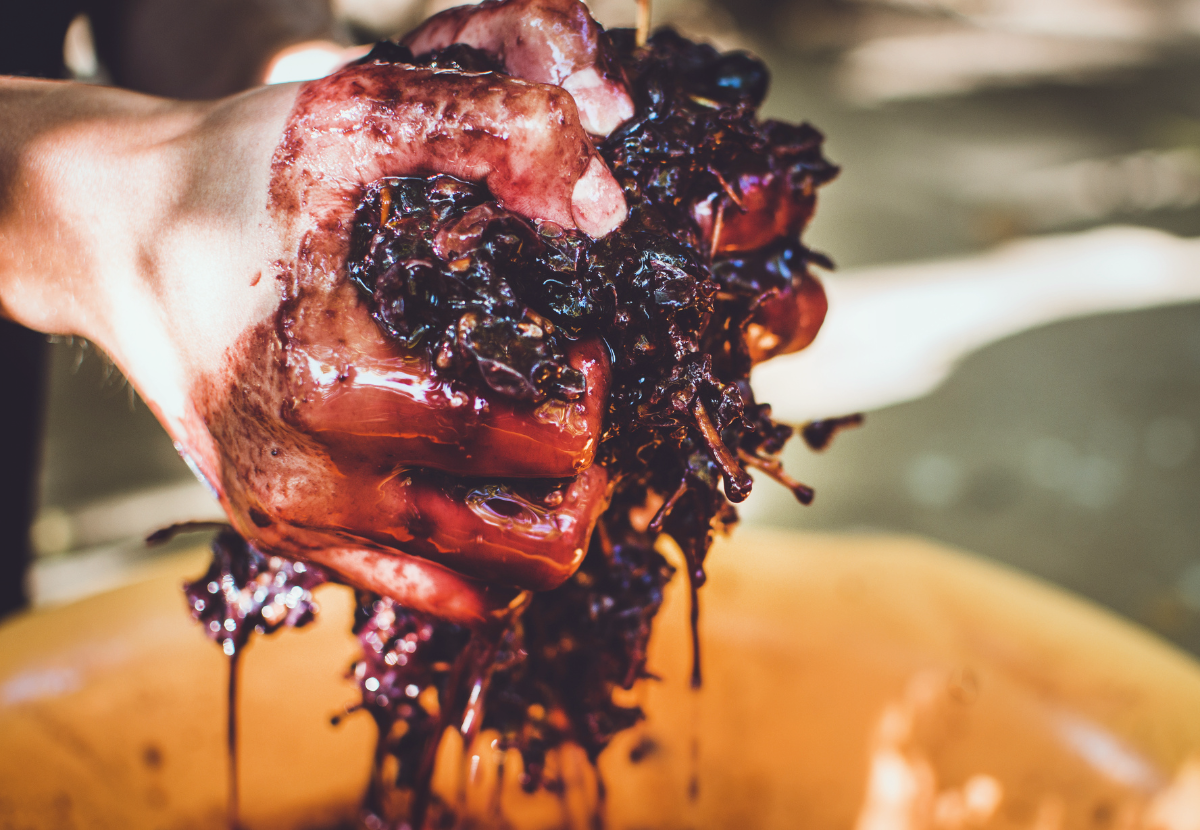
Pairing Wine with Food: A Beginner's Guide
Wine has long been regarded as the elixir of sophistication, its allure extending far beyond mere imbibing to the realms of culture, art, and culinary delight. However, for many beginners, the world of wine can be an intimidating labyrinth of grape varieties, regions, and swirling rituals. Pairing wine with food adds yet another layer of complexity. Fear not, dear readers, for we're here to demystify this enigmatic dance of flavors and offer you a beginner's roadmap to navigating the harmonious marriage of wine and food.
First and foremost, let's dispel the myth that you need to be a sommelier-in-training to pair wine with your meal. While experts may wax poetic about intricate nuances and terroir, the basic principles of wine pairing are accessible to all palates.
1. Complement or Contrast: When considering wine and food pairing, you have two main approaches: complement or contrast. Complementary pairing involves selecting a wine that enhances the flavors of the dish, while contrasting pairing involves choosing a wine that provides a counterpoint to the flavors. For example, a rich, buttery Chardonnay complements creamy pasta dishes, while a crisp, acidic Sauvignon Blanc contrasts with the richness of fried seafood.
2. Consider Intensity: Matching the intensity of the wine with the intensity of the dish is key. Light-bodied wines such as Pinot Noir pair well with delicate dishes like roasted chicken or grilled salmon, while full-bodied wines like Cabernet Sauvignon stand up to heartier fare like steak or lamb.
3. Think about Acidity, Sweetness, and Tannins: Acidity in wine can refresh the palate and cut through rich or fatty foods. Wines with higher acidity, such as Riesling or Champagne, complement dishes like ceviche or fried chicken. Conversely, sweeter wines like Moscato can balance spicy cuisines like Thai or Indian. Tannins, found primarily in red wines, can be softened by fatty foods like cheese or red meat, making them an ideal match.
4. Regional Pairings: Consider the origins of both the wine and the cuisine. Regional pairings often work well because they have evolved together over time. For instance, Italian Chianti complements tomato-based pasta dishes, while Spanish Rioja pairs beautifully with paella.
5. Trust Your Palate: Ultimately, the most important rule of wine pairing is to trust your own taste buds. Experiment, explore, and take note of what combinations you enjoy. Whether it's a casual weeknight dinner or a special occasion feast, the joy of wine pairing lies in the discovery of flavors that delight your senses.
In conclusion, while the world of wine pairing may seem daunting at first glance, it need not be a source of intimidation. Armed with a basic understanding of flavor profiles and a willingness to experiment, even the most novice oenophile can embark on a journey of gastronomic exploration. So, raise your glass, savor each sip, and toast to the endless possibilities that await on your culinary adventures. Cheers!




